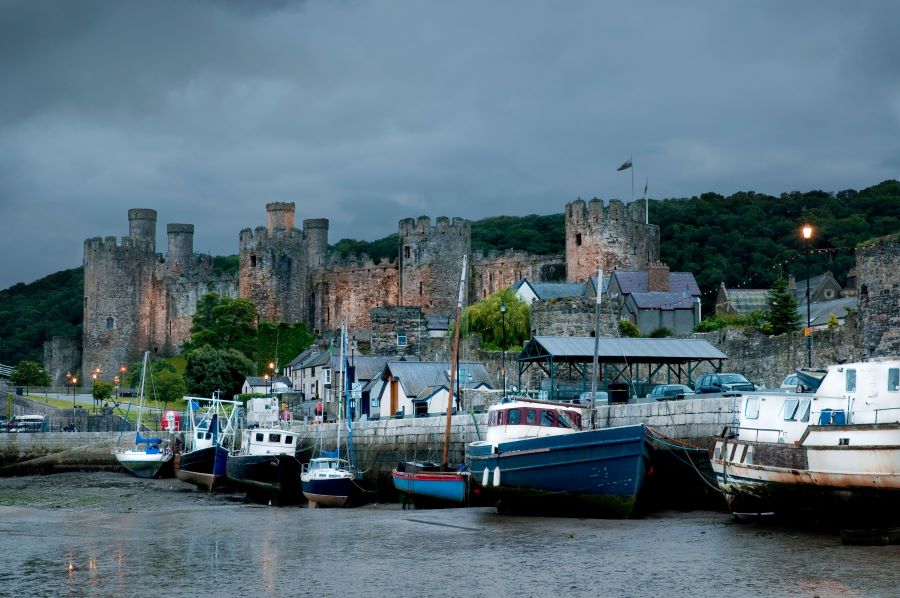Who Lived in Caernarfon Castle? A Full History
Caernarfon Castle is one of the great medieval military fortifications. This magnificent structure in North Wales attracts thousands of visitors every year. It is a place steeped in history, but who has called Caernarfon Castle home through the centuries following its construction? King Edward I was the first resident of Caernarfon Castle. Constructed to help … Read more



